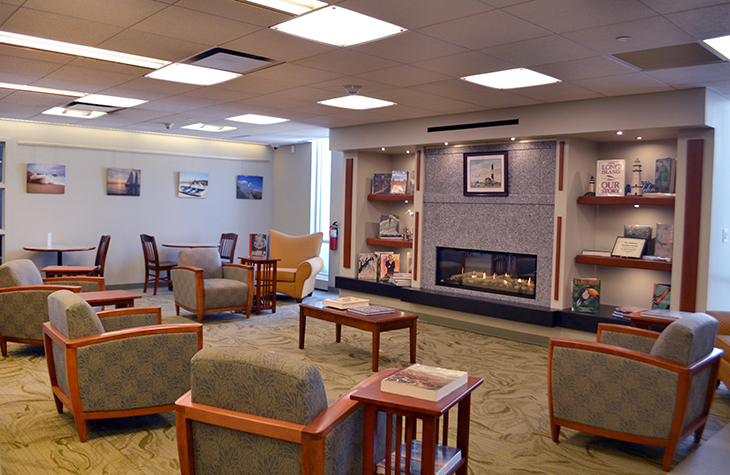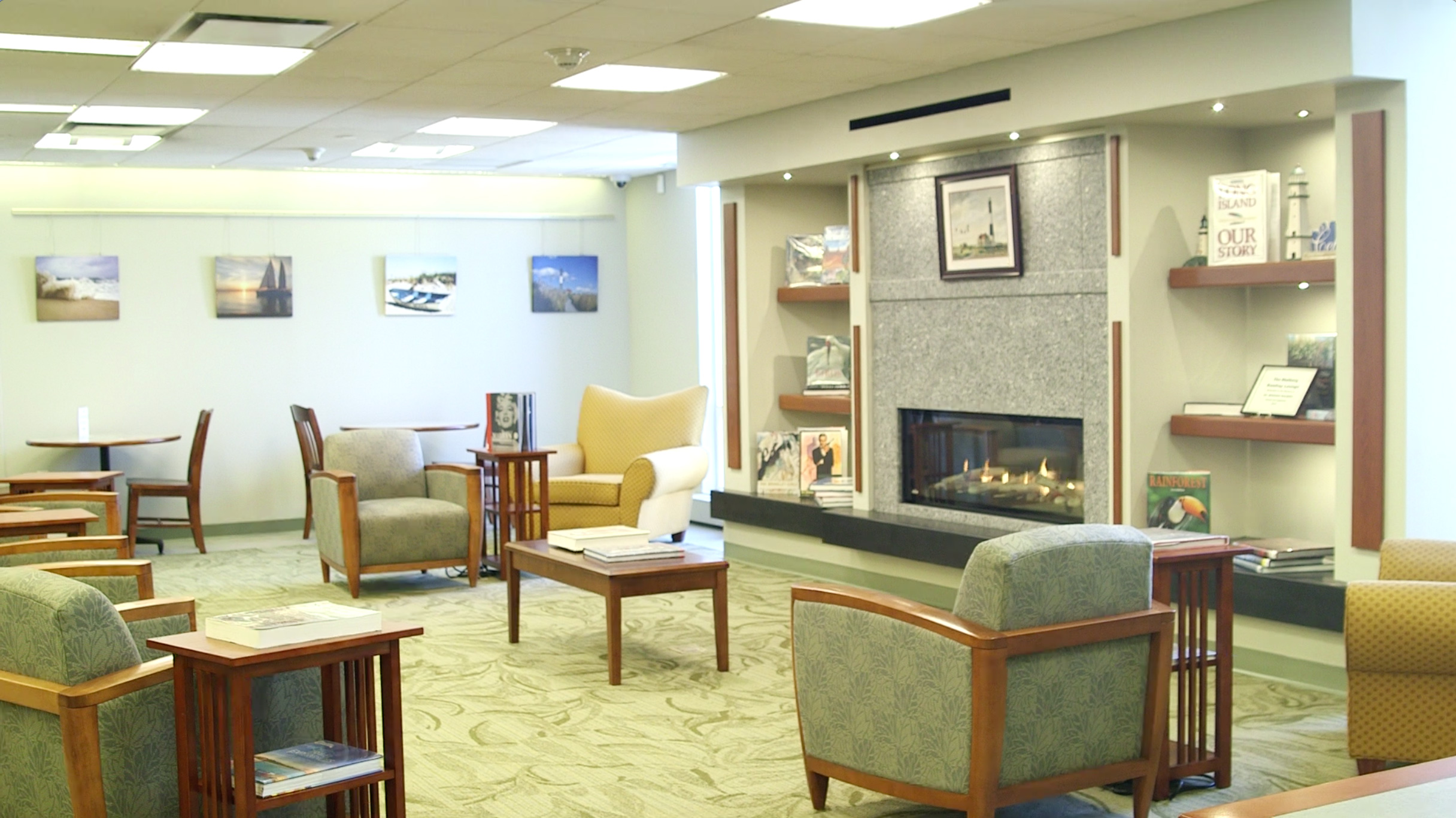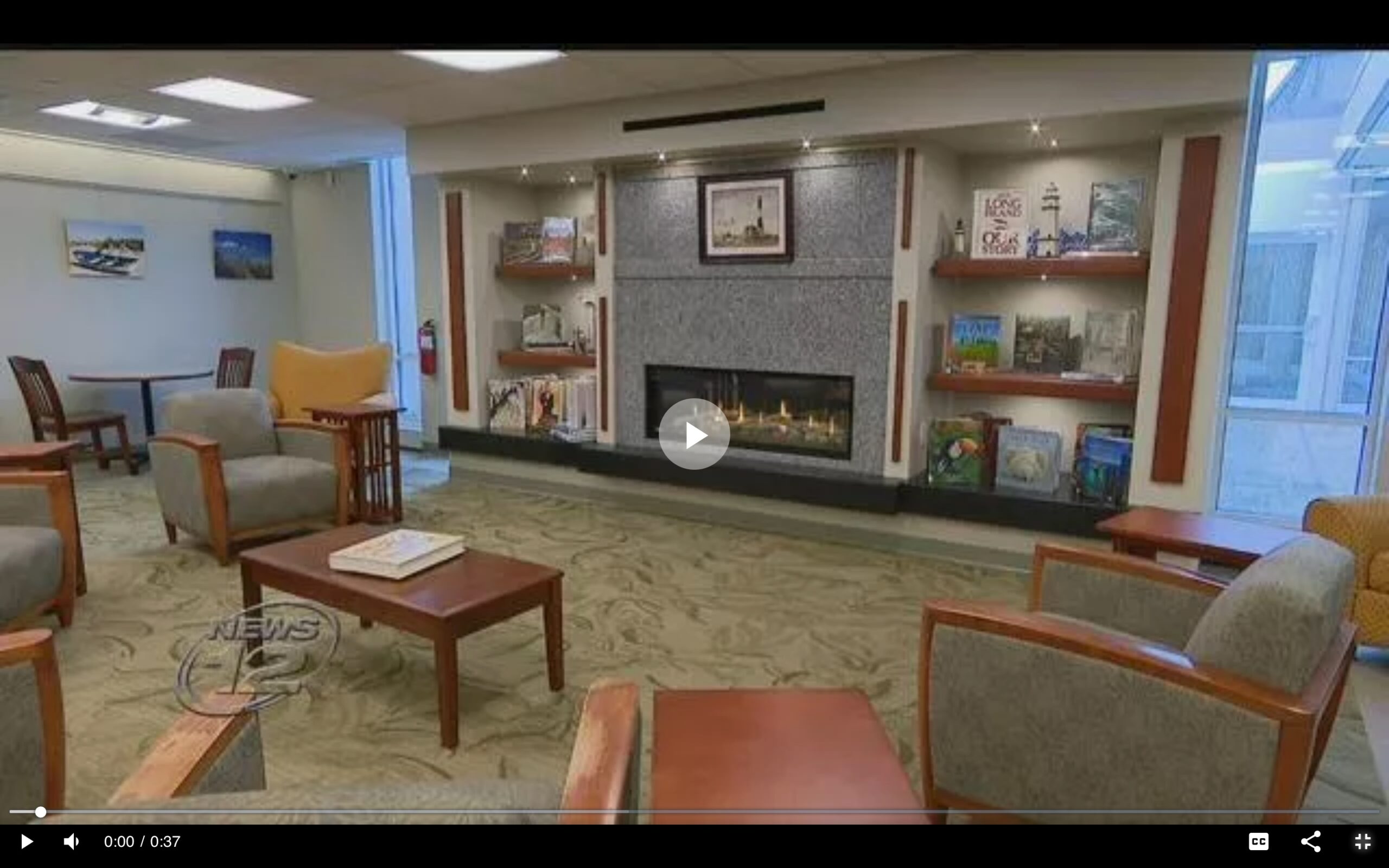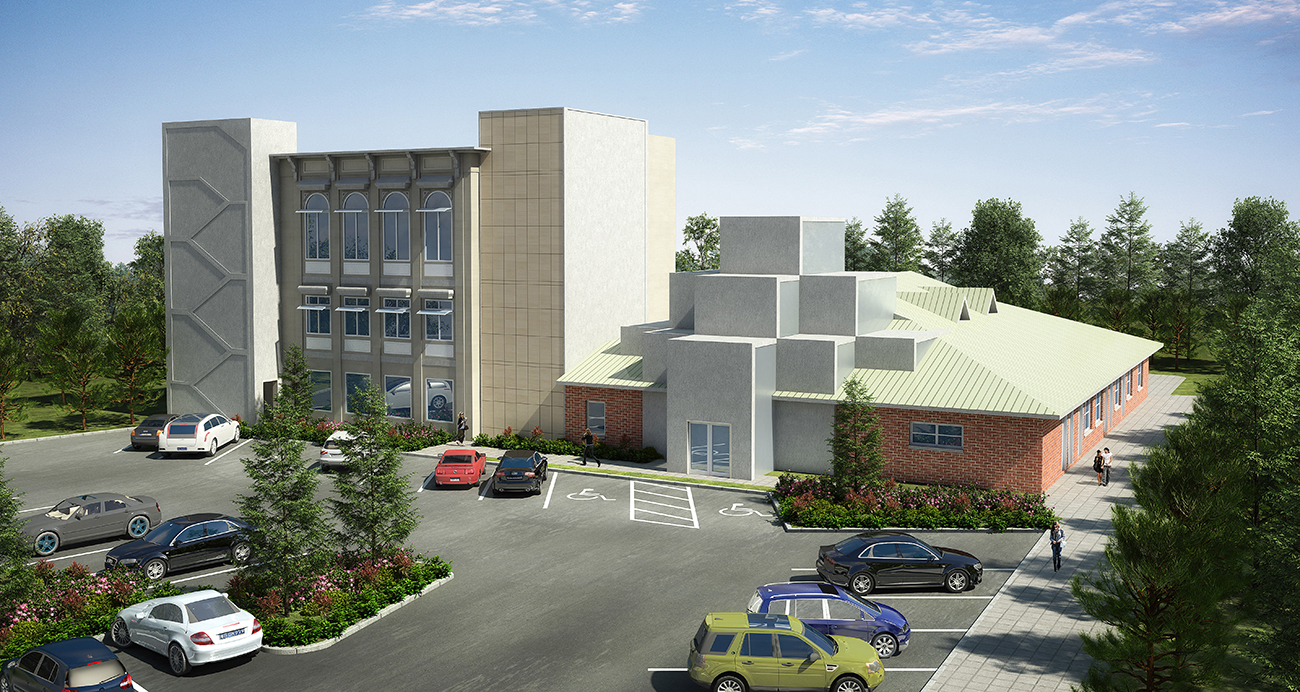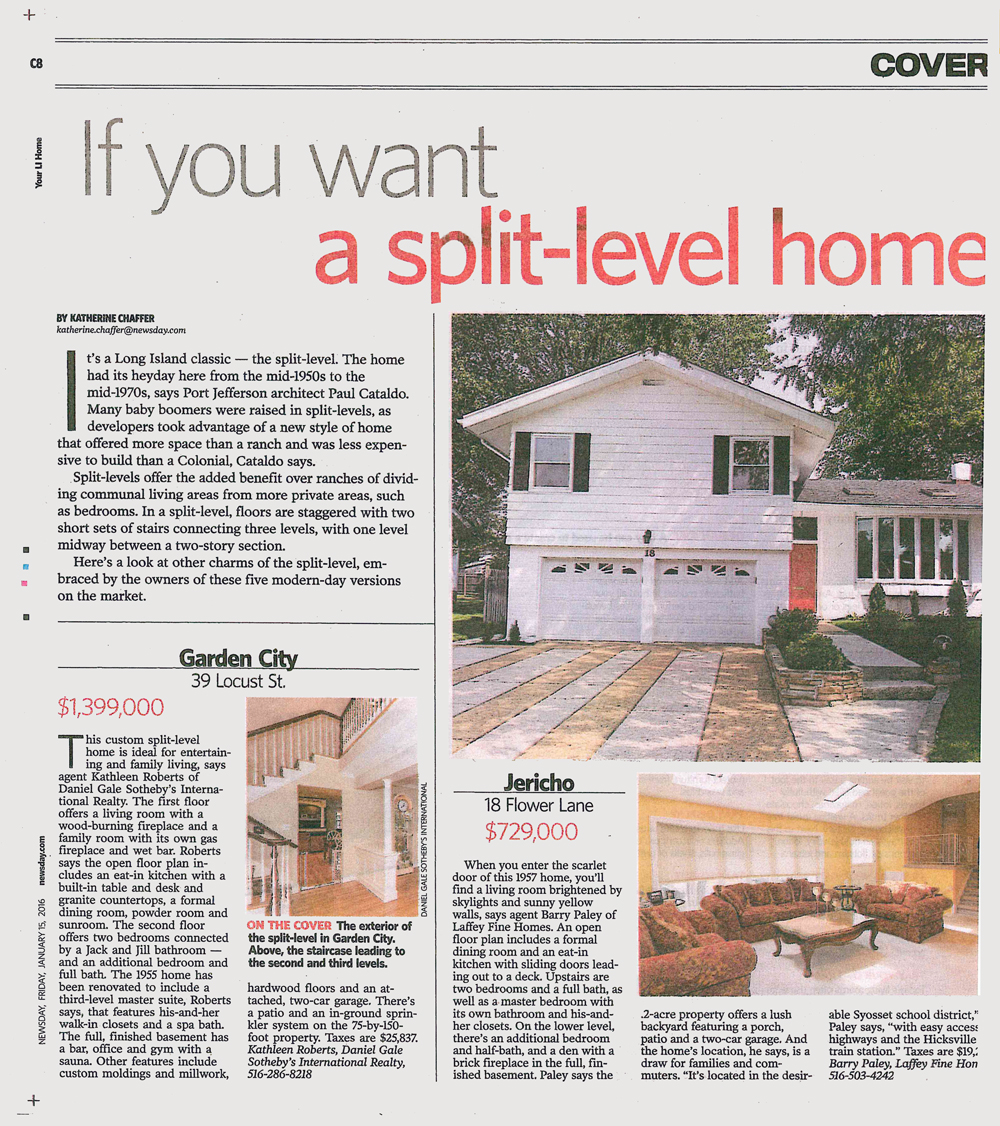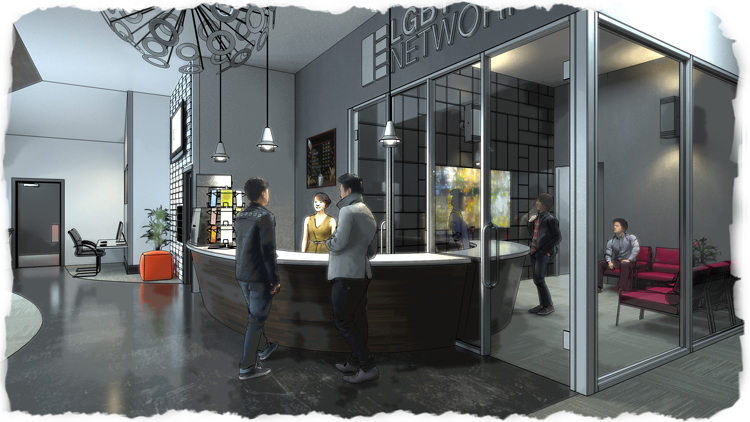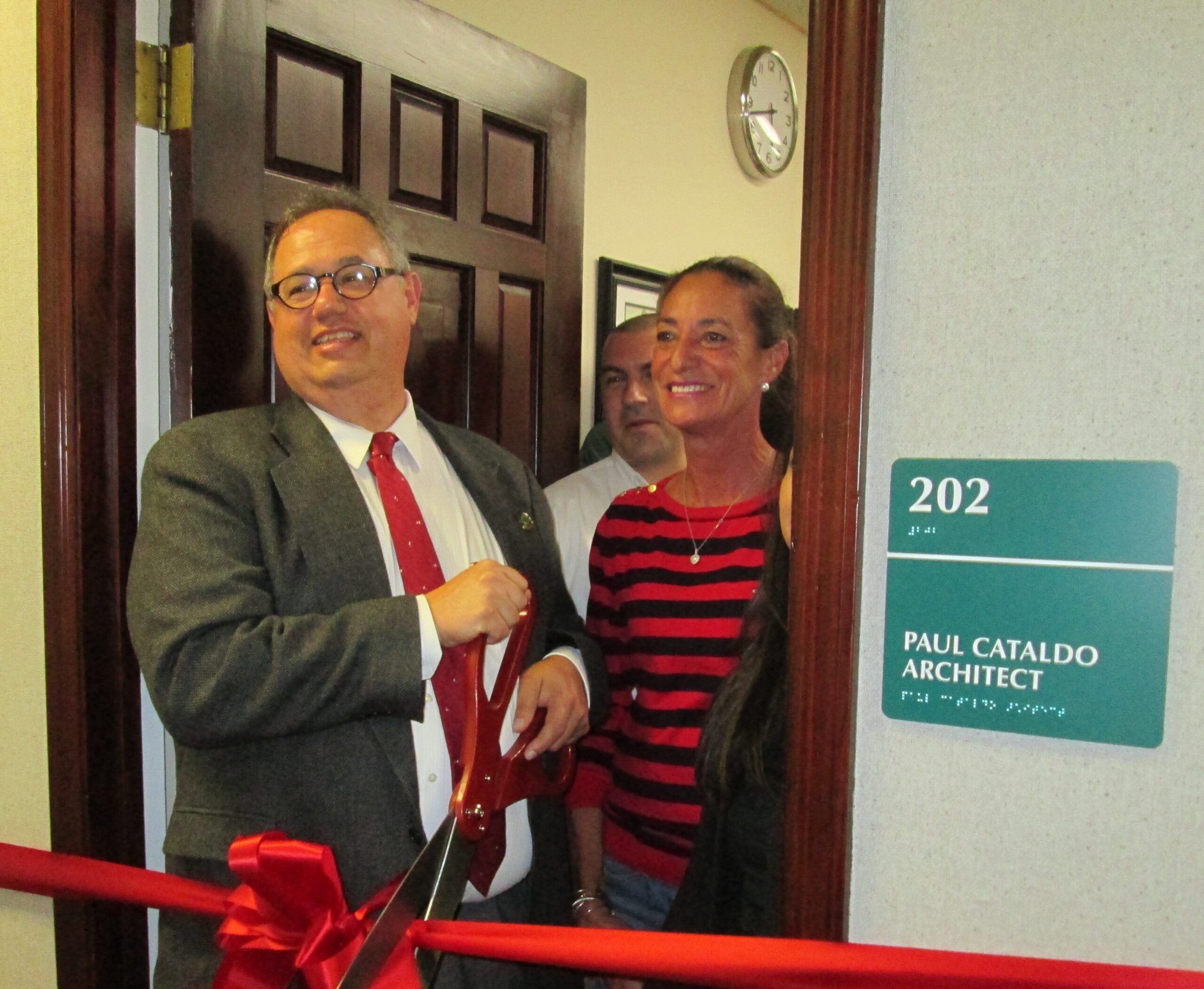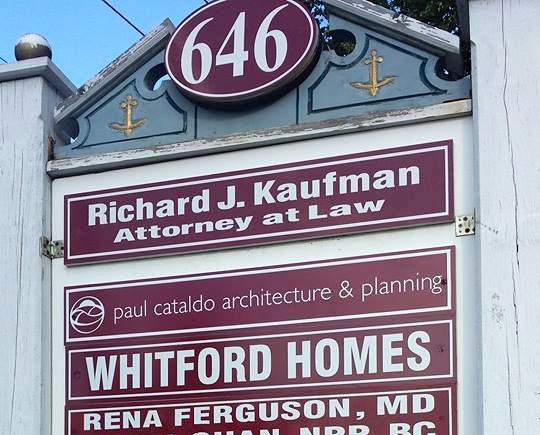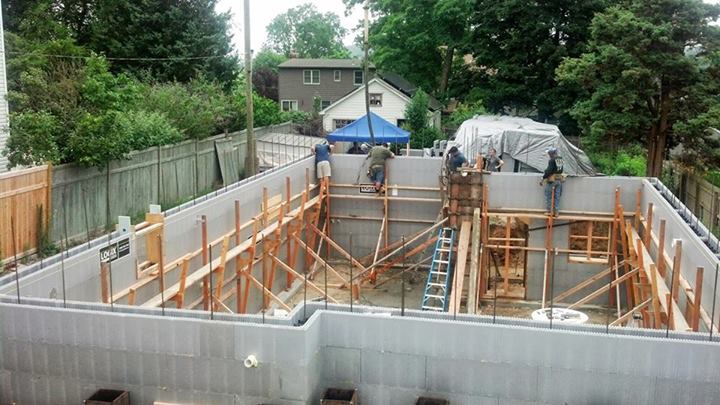
An ICF home construction in Northport, Long Island, NY that we designed. In this photo, the insulated concrete forms are up and the contractors are ready to pour the concrete.
The best option for new green home design and commercial green buildings is insulated concrete forms (ICF). An ICF is a sandwich of expanded polystyrene foam on both sides which create the forms for the concrete. Then the concrete is poured into the forms. The foam form stays in place and acts as the insulation for the building.
How Do Insulated Concrete Forms Work?
Traditionally, when pouring concrete into removable forms, the contractor wants to remove the forms as soon as possible and bring them to the next project, allowing some of the water to escape before engaging with the cement. This prevents the concrete from reaching its potential strength. With ICF, the forms stay in place, keeping the water in the concrete.
A common misconception is that concrete dries. Concrete does not, or should not dry out. Concrete cures, the water stays (or should stay) to chemically merge with the cement. ICFs will retain all the water in the mix. Studies have shown that concrete poured into ICFs far exceeds the original predicted strength.
Advantages of Insulated Concrete Forms
Thermal Mass
Air Infiltration
Air infiltration is the greatest factor in keeping a building cool in summer and warm in winter. We can have a building with the highest insulation value we can find, but if it leaks air, the insulation is rendered useless. If a person sleeps on a cold night with a thick comforter on them and we place a soda straw under the covers and blow in cold air, the thick warm comforter does not matter. ICFs are a monolithic pour of concrete and there are no seams for air to penetrate.
Waterproof & Fireproof & Wind Resistant
Durable
Durability is one of the keys to a green building. If a building’s lifespan is short, the materials that go into it are cycled too quickly and making proper use of our building materials is important to efficiency.

